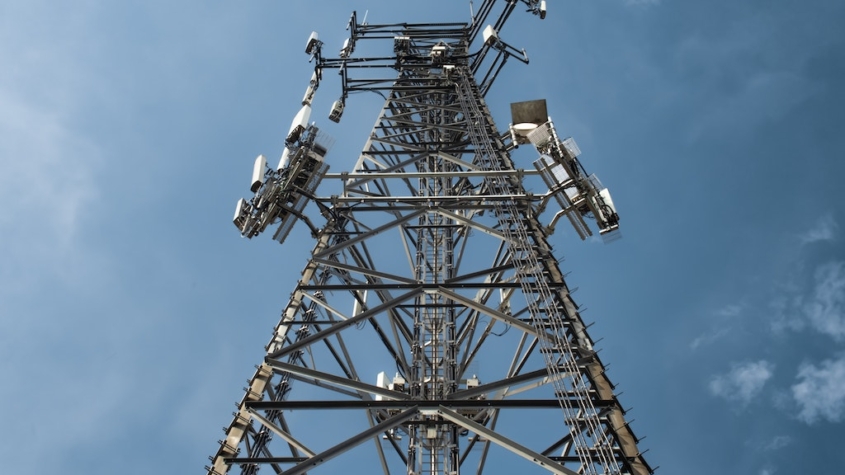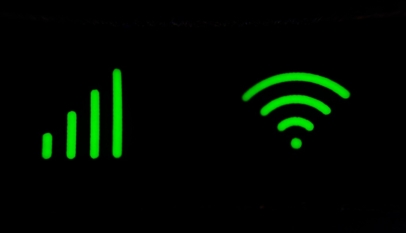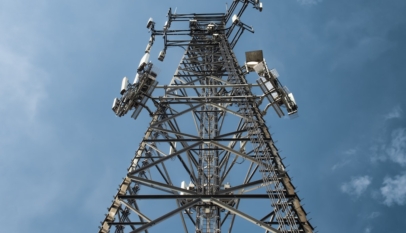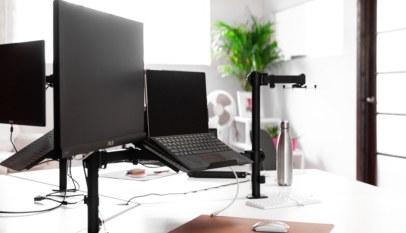
Internet Set-up Guide For Your New Home
Using all of your old devices on Wi-Fi again is a big step toward settling into your new place. However, you must first configure your internet connection. Fortunately, setting up a home Wi-Fi network has never been simpler. The following are the four main steps in getting your new home online:
Locate an Internet Service Provider
The following are the most important considerations when selecting an internet service provider:
- Availability
This factor can quickly narrow your options. While some cities have many Internet service providers, smaller towns and rural areas may only have one or two.
- Speed
This is the factor that most people consider when selecting an internet plan, but it’s a good idea to consider how much speed you require rather than going for the fastest, most expensive plan.
- Reliability
Reliability is just as important as speed. Fiber connections, for example, are inherently more reliable than others. Cable and DSL deliver slower speeds, while the weather can disrupt satellite internet.
- Price
Consider upfront costs such as installation and equipment fees, which can add up quickly during a costly move. Be cautious of plans that include price hikes and hidden costs.
- Customer care
When a problem arises, you want it resolved as soon as possible. This is especially true for less reliable connections.
Set up Your Equipment
After signing up for an internet plan, install the equipment to connect your home to your provider’s network. There are two approaches to this. You can hire a professional technician to install your equipment or do it yourself.
You’ll need a professional installation if connecting your home to the internet necessitates burying new cables or connecting to utility poles. For some of their top-tier plans, some ISPs also demand professional installation to guarantee that the hardware is set up correctly. Before you begin, make sure that self-installation is an option.
Configure Your Wireless Network
Most home appliances can wirelessly connect to your home network. Many of these devices don’t have a physical cable to plug in, so, configuring a wireless network has become essential in getting your devices up and running.
There are two parts to setting up your network:
Connecting to Your Router
Many modern routers have apps that let you control them from your phone. If your router doesn’t have an app, you can still configure it manually. All you need is a standard web browser and your router’s IP address.
Configuring Your Network Security
Log into your router with your username and password. If you brought your router from your previous residence, use the same username and password you previously set up. If this is a new router, the default username and password will either be printed on the router or provided by the manufacturer.
Connect Your Devices
Your wireless network is operational, and you can begin connecting your devices. Before you begin, take out your phone or laptop to test the connection. Your wireless network should now have the name you specified, and you should be able to log in using your new password. If everything is working correctly, you can connect your other devices.











